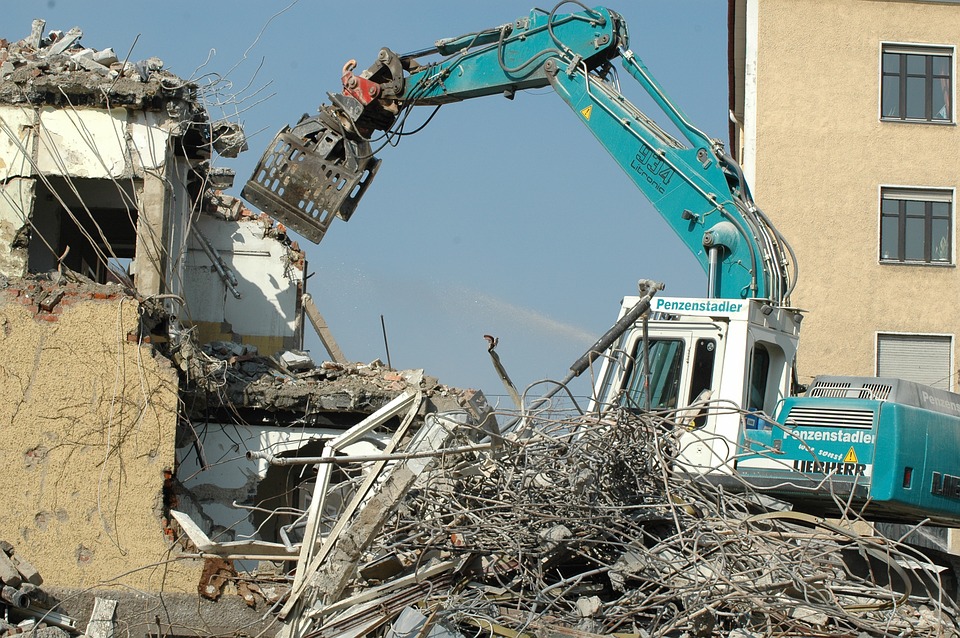What do we do with Construction Demolition Waste in Canada

Demolition waste is one of the largest contributors to solid waste in Canadian landfills. In fact, it makes up 27 percent of municipal solid waste. In many cases, this waste isn’t necessarily garbage. Up to seventy-five percent of demolition waste has some residual value. This means that there is the potential for this waste to end up somewhere other than a landfill. As construction and demolition waste volume continues to increase, it is increasingly important to take advantage of any alternative disposal methods available. This has many economic and ecological benefits.
Demolition waste typically contains the same materials. The most prominent components are wood products, asphalt, drywall, concrete, and masonry. Some of the minor components include small amounts of metals, plastics, soil, shingles, and insulation. Nearly forty percent of all raw materials excavated from the earth are used in construction. Twenty-five percent of all wood produced is used in construction. These are massive drains are finite and semi-renewable natural resources. The proper recycling of demolition waste could alleviate much of this burden.
The most obvious solution to the demolition was problem is the simple recycling of the materials. Recycling refers to the return of some part of the demolition waste to be used for the same purpose. This means that wood or metal recovered would still be used as wood or metal, rather than being used to make an unrelated material or product. One of the largest issues with recycling is the requirement to thoroughly sort the waste. This can be expensive and time consuming. Each type of material must be separated from the bulk waste. This can be complicated in demolition.
Composting is another option that can be implemented instead of landfilling. This process breaks down organic materials using the natural decomposition process. Various microbes effectively eat the materials, producing carbon-dioxide and rich soil. Similar processes would occur in the landfill anyway. The difference is that the uncontrolled decomposition that takes place in landfills also produces and releases methane. Methane is a much more environmentally hazardous gas, causing a much greater greenhouse effect than carbon-dioxide.
Demolition waste is also sometimes incinerated. This particular waste poses some particular issues for incineration. While materials like wood can be safely burned without dangerous emissions, many of the other materials found in the waste aren’t as safe. When burnt they can give off large amounts of dangerous gases. These can include carbon-monoxide, sulphur-dioxide, hydrogen-fluoride, and some heavy metals can become entrained in the smoke. If sorting of materials is implemented beforehand, safe to incinerate materials could be incinerated while others are not.
Many consider the regulatory framework for demolition waste in Canada to be insufficient to handle the issue. In order to really address the root of the problem, there needs to be a different approach than what is currently happening. Experts are putting forward a concept known as integrated lifecycle-based waste management. This means that the ultimate disposal of any and all materials would be considered long before demolition. Demolition waste could be much more effectively handled by planning for disposal during the design and construction phases.
For demolition or excavation in Toronto or the GTA, visit Core Mini Bins and speak with a representative today. Anything we can recycle or reuse, we will ensure is properly handled. Landfill diversion and demolition waste optimization are two priorities we remain committed to as a company in the city.


